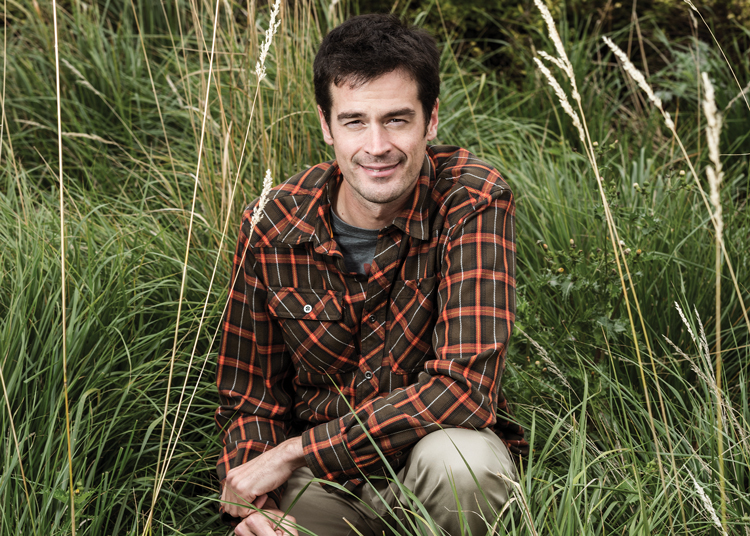Originally published in the Fall 2016 UWinnipeg Magazine.
When Ryan Smith creates detailed climate maps on his computer at UWinnipeg, he’s not aware that city planners in Calgary are gathered in a boardroom, studying his online charts with zeal. But they are. And so are federal and provincial emergency officials, physical plant managers, insurance analysts, architects, and engineers, among others.
That’s because what Smith and his colleagues at the Prairie Climate Centre (PCC) have created does not exist anywhere else. The Prairie Climate Atlas is a free, interactive collection of charts, maps, text, and images that has visible impact and is easy to navigate. It shows precisely what the effects of climate change will look like across Manitoba, Saskatchewan, and Alberta.
Smith is a 31-year-old research associate with PCC who graduated from UWinnipeg in 2008 with a Bachelor of Science (Geography) and then received a master’s degree at the University of Manitoba.
“The impact this Atlas can have in the community is limitless because it shows us, for example, how the number of hot summer days in many prairie locations may triple or even quadruple by the end of this century,” he says. “How do we get ready for that now? This knowledge impacts everything from crops to—most significantly—human health, and I am happy to be able to contribute to this important conversation.”
Roger Rempel is one of only six engineers certified by Engineers Canada’s new designation of Infrastructure Resilience Professional—which means he is qualified in planning, designing and managing resilient infrastructure in the face of a changing climate and extreme weather. As senior environmental engineer with Winnipeg-based MMM Group, he is using the Prairie Climate Atlas, most recently with city planners in Calgary.
“Before this Atlas existed, we could not see the effects of climate change sitting in a boardroom in a visual way,” states Rempel. “This is a powerful tool that allows us to talk about and plan for temperature changes on the Prairies. There are many building and human implications—from the expanded need for air conditioning in seniors’ homes and jails and social housing to the health or our urban forests.”
Diane Poulin





